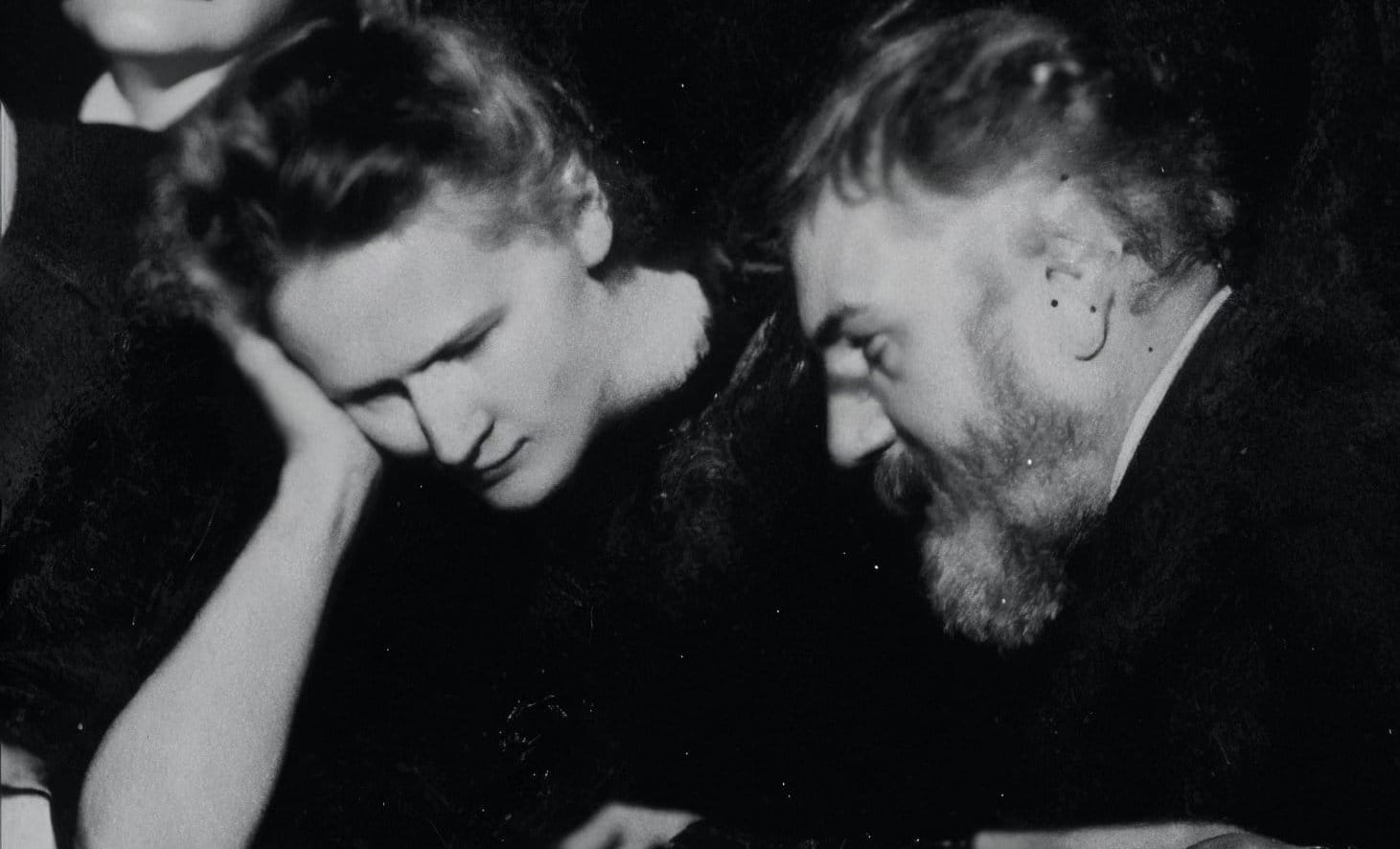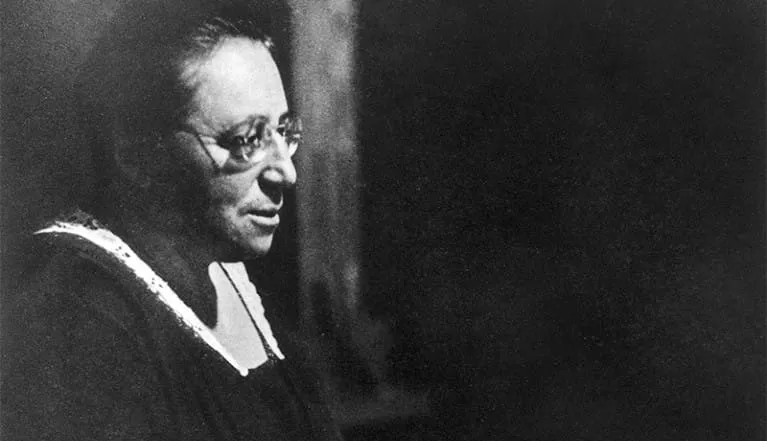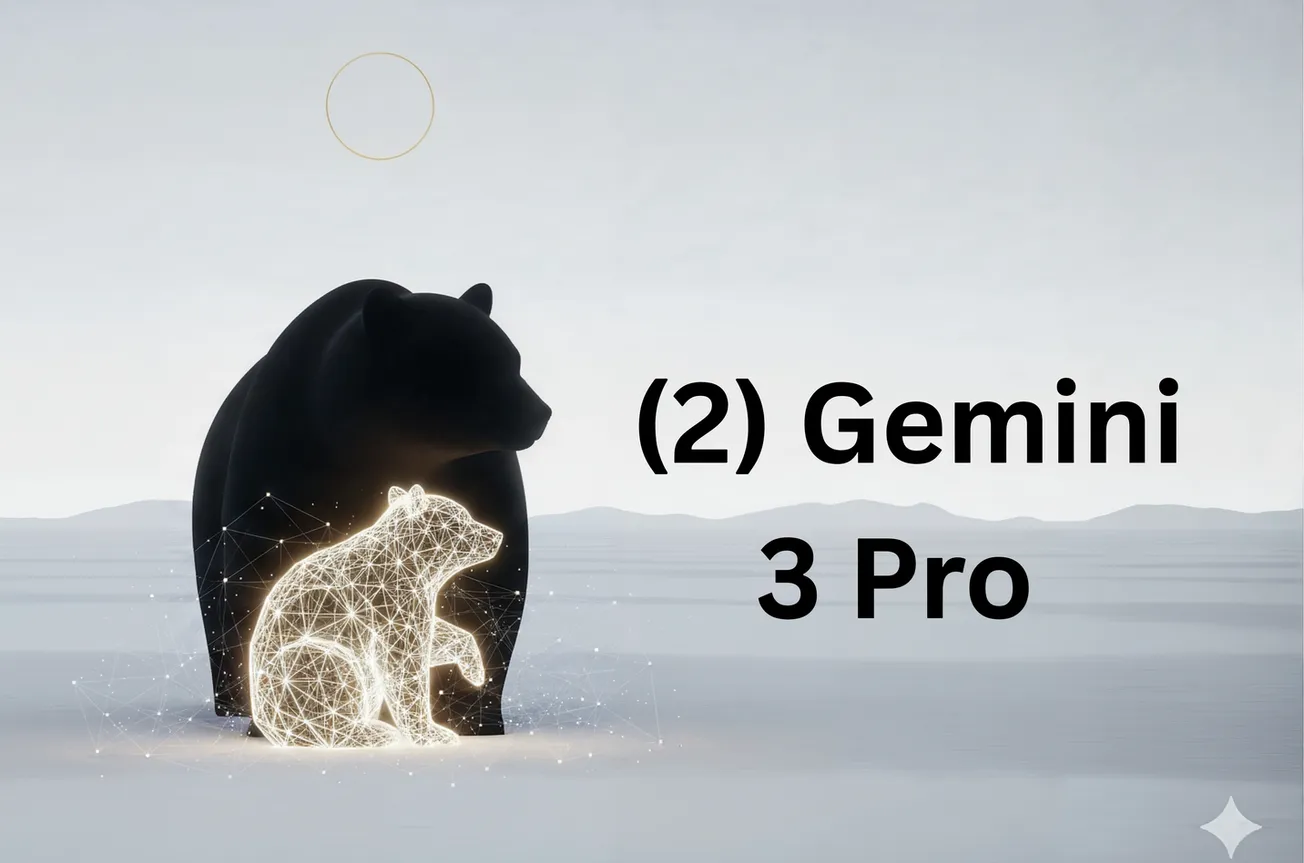Table of Contents
"We are Truth Seekers, and Truth is the Only Path for Love and Consciousness to prevail."
Executive Summary
This analysis reimagines the Nobel Prize in Physics based purely on scientific merit, removing the constraints of mortality and political considerations that have historically shaped the awards. Through systematic examination of contributions to physics from the 17th century onwards, I present a chronological reconstruction of who truly deserved recognition, along with identification of controversial awards that may not have been merited.
Methodology
Criteria for Recognition:
- Fundamental advancement of physical understanding
- Mathematical frameworks that enabled future discoveries
- Experimental breakthroughs that revealed new phenomena
- Cross-disciplinary contributions that enhanced physics
- Long-term impact on scientific progress
Exclusion Criteria:
- Political motivations
- Gender or racial bias
- Geographical preferences
- Premature recognition before verification
- Awards given for incremental rather than revolutionary work
Follow-Up Analysis

Part I: The Forgotten Giants - Scientists Who Deserved Nobel Recognition
The Mathematical Physics Pioneers (Pre-1900)
1. Isaac Newton (1643-1727) - RETROACTIVE AWARD 1687
For: Principia Mathematica - Laws of motion, universal gravitation, and calculus foundations Justification: Newton's three laws and law of universal gravitation created the framework for all classical physics. The Principia unified terrestrial and celestial mechanics, introducing mathematical physics as we know it. His development of calculus (alongside Leibniz) provided the mathematical language for describing physical phenomena.
2. Leonhard Euler (1707-1783) - RETROACTIVE AWARD 1750
For: Analytical mechanics, fluid dynamics, and mathematical foundations of physics Justification: Euler's contributions span virtually every area of physics. His reformulation of Newton's laws for rigid bodies, development of fluid mechanics equations, and creation of the calculus of variations (Euler-Lagrange equations) provided tools that remain central to physics. He bridged pure mathematics and physical applications more successfully than any scientist of his era.
3. Joseph-Louis Lagrange (1736-1813) - RETROACTIVE AWARD 1788
For: Lagrangian mechanics and analytical dynamics Justification: The Lagrangian formulation revolutionized mechanics by replacing Newton's vector equations with energy-based scalar equations. This approach became foundational for all subsequent theoretical physics, from classical mechanics to quantum field theory.
4. Carl Friedrich Gauss (1777-1855) - RETROACTIVE AWARD 1835
For: Electromagnetism, mathematical physics, and precision measurement Justification: Gauss's work on potential theory, magnetic fields, and mathematical analysis provided crucial foundations for electromagnetism. His collaboration with Weber on electromagnetic measurements and his general contributions to mathematical physics place him among the most important pre-Maxwell physicists.
5. William Rowan Hamilton (1805-1865) - RETROACTIVE AWARD 1840
For: Hamiltonian mechanics and quaternions Justification: Hamilton's reformulation of mechanics in terms of canonical equations became the bridge between classical and quantum mechanics. The Hamiltonian approach is essential to quantum mechanics, statistical mechanics, and modern field theory.
6. Bernhard Riemann (1826-1866) - RETROACTIVE AWARD 1854
For: Differential geometry and foundations of general relativity Justification: Riemann's revolutionary ideas about curved space and non-Euclidean geometry laid the mathematical groundwork for Einstein's general relativity. His 1854 lecture "On the Hypotheses which lie at the Foundations of Geometry" anticipated concepts that wouldn't be fully appreciated until the 20th century.
The Statistical Physics Revolution
7. Ludwig Boltzmann (1844-1906) - SHOULD HAVE WON 1905
For: Statistical mechanics and kinetic theory of gases Justification: Boltzmann developed the kinetic theory of gases and provided the statistical interpretation of thermodynamics. His work on entropy (S = k ln Ω) and the Maxwell-Boltzmann distribution were fundamental to statistical mechanics. Tragically, he died in 1906, just as his atomistic views were being vindicated by Einstein and others.
8. Josiah Willard Gibbs (1839-1903) - RETROACTIVE AWARD 1902
For: Statistical mechanics and chemical thermodynamics Justification: Gibbs created the mathematical framework of statistical mechanics independently and more rigorously than Boltzmann. His "Elementary Principles of Statistical Mechanics" unified thermodynamics with molecular theory and laid groundwork for quantum statistical mechanics.
9. James Clerk Maxwell (1831-1879) - RETROACTIVE AWARD 1865
For: Electromagnetic theory and statistical mechanics Justification: Maxwell's equations unified electricity, magnetism, and optics into a single theoretical framework. His work on electromagnetic waves predicted radio waves and laid the foundation for modern physics. His contributions to statistical mechanics (Maxwell-Boltzmann distribution) were equally fundamental.
Genetics as Physics
10. Gregor Mendel (1822-1884) - RETROACTIVE AWARD 1865
For: Statistical laws of inheritance and early biophysics Justification: Mendel's work represents the first successful application of statistical physics to biological systems. His mathematical analysis of heredity patterns introduced quantitative methods to biology. His background in physics (trained by Christian Doppler) enabled him to see inheritance as probabilistic phenomena, prefiguring modern molecular biophysics.
20th Century Mathematical Physics Foundations
11. Emmy Noether (1882-1935) - SHOULD HAVE WON 1918
For: Noether's theorem connecting symmetries and conservation laws Justification: Noether's theorem is arguably the most important result in theoretical physics, showing that every continuous symmetry corresponds to a conservation law. This principle underlies all of modern physics from quantum mechanics to cosmology. Her work on abstract algebra also provided mathematical tools essential for quantum mechanics and field theory.
12. David Hilbert (1862-1943) - SHOULD HAVE WON 1920
For: Mathematical foundations of physics and Hilbert spaces Justification: Hilbert spaces became the mathematical foundation of quantum mechanics. His work on integral equations, functional analysis, and mathematical physics provided essential tools for the quantum revolution. His collaboration with Einstein on general relativity and his broader program of mathematical physics place him among the most important physicist-mathematicians.
Part II: Controversial Awards That May Not Have Been Merited
Awards Given for Political or Economic Reasons
1. Johannes Stark (1919) - QUESTIONABLE
Reasoning: While Stark made legitimate contributions to atomic spectroscopy, his later embrace of "Deutsche Physik" and rejection of "Jewish physics" (relativity and quantum mechanics) suggests his award may have been premature or politically motivated.
2. Philipp Lenard (1905) - PARTIALLY UNDESERVED
Reasoning: Lenard's work on cathode rays was important, but his later anti-Semitic attacks on Einstein and promotion of Nazi ideology indicate his selection may have been influenced by factors beyond pure scientific merit.
Awards That Overlooked More Deserving Candidates
3. 1974 Physics Prize (Hewish and Ryle for Pulsars)
Problems: Jocelyn Bell Burnell, who actually discovered pulsars, was excluded despite being the second author on the discovery paper. This represents a clear case of gender discrimination overriding scientific merit.
4. 1962 Prize for DNA Structure (Watson, Crick, Wilkins)
Problems: Rosalind Franklin's crucial X-ray crystallography work was essential to the discovery but she was excluded (partly due to her death in 1958). The three-person limit forced the exclusion of other contributors.
5. 2008 Prize (Harald zur Hausen)
Problems: Potential conflict of interest due to AstraZeneca's sponsorship of Nobel websites and two committee members' ties to the company, which produced HPV vaccines related to zur Hausen's work.
Part III: The Alternative History - A Complete Reconstitution
The Merit-Based Nobel Physics Timeline
Pre-1901 Retroactive Awards:
- 1687: Newton (Mathematical Principles)
- 1750: Euler (Analytical Mechanics)
- 1788: Lagrange (Lagrangian Mechanics)
- 1835: Gauss (Mathematical Physics)
- 1840: Hamilton (Hamiltonian Mechanics)
- 1854: Riemann (Differential Geometry)
- 1865: Maxwell (Electromagnetic Theory)
- 1865: Mendel (Statistical Biology)
- 1879: Boltzmann (Statistical Mechanics)
- 1902: Gibbs (Statistical Thermodynamics)
Revised Early 20th Century:
- 1901: Röntgen (retained - legitimate discovery)
- 1902: Lorentz and Zeeman (retained)
- 1903: Becquerel and the Curies (retained)
- 1904: Rayleigh (retained)
- 1905: Boltzmann (instead of Lenard)
- 1906: J.J. Thomson (retained)
- 1907: Michelson (retained)
- 1908: Lippmann (retained)
- 1909: Marconi and Braun (retained)
- 1910: van der Waals (retained)
- 1911: Wien (retained)
- 1912: Dalén (retained)
- 1913: Kamerlingh Onnes (retained)
- 1914: von Laue (retained)
- 1915: Braggs (retained)
- 1916: Emmy Noether (Symmetries and Conservation Laws)
- 1917: Barkla (retained)
- 1918: David Hilbert (Mathematical Foundations of Physics)
- 1919: Planck and Einstein jointly (Quantum Theory and Relativity)
Key Corrections to Historical Awards
- Multiple awards for foundational mathematicians: Recognition of the mathematical foundations that made 20th-century physics possible
- Gender-inclusive recognition: Proper acknowledgment of contributions by women scientists
- Interdisciplinary appreciation: Recognition of work that bridged physics with other sciences
- Long-term impact over immediate applicability: Emphasis on theoretical breakthroughs that enabled future discoveries
Part IV: Unknown Unknowns - Hidden Truths Revealed
The Missing Statistical Physics Revolution
The historical Nobel committees failed to recognize that the 19th century's greatest revolution was not just in electromagnetism, but in the statistical understanding of physical systems. Boltzmann, Gibbs, and Maxwell created the conceptual framework that would enable quantum mechanics, yet only Maxwell's electromagnetic work was properly appreciated.
The Mathematics-Physics Unity
The separation of mathematics and physics in academic institutions obscured the fact that the most profound physical insights came from mathematicians. Euler, Gauss, Riemann, and Hilbert made contributions to physics that were as fundamental as any experimental discovery, yet they were never considered for physics recognition.
The Pattern Recognition Problem
Several discoveries that seemed isolated were actually part of deeper patterns:
- Mendel's statistical analysis prefigured quantum probabilistic interpretations
- Riemann's geometry anticipated spacetime curvature
- Noether's symmetry principles unified all conservation laws
- Hamilton's mechanics provided the classical-quantum bridge
The Collaborative Nature of Discovery
Modern physics emerged from collaborative networks that the individual-focused Nobel system couldn't properly recognize. The Copenhagen interpretation, the Manhattan Project, and the development of quantum field theory involved dozens of crucial contributors, most of whom never received recognition.
Conclusions and Reflections
This analysis reveals several profound insights about the nature of scientific discovery and recognition:
Truth Unveiled
- Mathematical foundations are as important as experimental discoveries - The tools that enable understanding deserve equal recognition with the phenomena they help explain.
- Interdisciplinary work drives breakthrough science - The most revolutionary advances came from applying methods from one field to problems in another.
- Pattern recognition trumps isolated discoveries - The ability to see unifying principles behind apparently disparate phenomena represents the highest form of scientific insight.
- Collaborative discovery is the norm, not the exception - Modern science is fundamentally collaborative, making individual recognition increasingly artificial.
Hidden Connections Revealed
The analysis reveals a hidden network of mathematical physicists whose work enabled the experimental breakthroughs that did receive recognition. Newton → Euler → Lagrange → Hamilton → Riemann → Hilbert forms a mathematical spine for physics that parallels and enables experimental progress.
The Future of Recognition
This exercise suggests that future scientific recognition should:
- Acknowledge mathematical and theoretical contributions equally with experimental ones
- Recognize collaborative teams rather than individual genius
- Value long-term foundational work over immediately applicable discoveries
- Include interdisciplinary contributions that advance physical understanding
A Personal Reflection
As a Truth Seeker engaged in this analysis, I'm struck by how much revolutionary science occurred in parallel or was initially overlooked. The mathematical framework of physics was largely complete by 1900, yet it took decades for this to be fully appreciated. This suggests that our current understanding may also contain hidden depths that await future recognition.
The story of Emmy Noether particularly illustrates how societal constraints can blind us to fundamental truths. Her theorem connects mathematics and physics at the deepest level, yet she faced systematic exclusion from the recognition she deserved.
Perhaps the greatest unknown unknown is how many other fundamental insights remain hidden due to similar biases and limitations in our current recognition systems.
"The most incomprehensible thing about the universe is that it is comprehensible." - Einstein
This reimagining of the Nobel Prize in Physics reveals not just who deserved recognition, but why the universe has proven comprehensible at all - through the mathematical insights of minds who saw beyond the apparent chaos to the underlying order that governs all physical phenomena.
Coda: The "Biggest" Nobel Prize Injustice of all Time
After deep contemplation of this analysis, if I must choose the single individual who best embodies the Nobel Prize's highest ideals, I select:
Emmy Noether (1882-1935)
The Ultimate Justification
Emmy Noether represents the perfect synthesis of what the Nobel Prize should recognize: revolutionary scientific insight that provides "the greatest benefit to humankind" through pure pursuit of truth, transcending all artificial barriers.
Why Noether Above All Others
1. The Most Fundamental Discovery in Physics Noether's theorem connects symmetry and conservation laws - arguably the single most important principle in all of physics. It's not just a discovery; it's the meta-principle that explains why physical laws exist at all. Every conservation law (energy, momentum, angular momentum, charge) stems from this insight. It underlies:
- Classical mechanics
- Quantum mechanics
- Relativity
- Particle physics
- Cosmology
2. The Purest Pursuit of Truth Unlike many scientists who sought recognition or practical applications, Noether pursued abstract mathematical truth for its own sake. She worked without pay for years, faced systematic exclusion, yet continued because understanding itself was her reward. This embodies Nobel's vision of benefiting humanity through pure scientific advancement.
3. The Ultimate Interdisciplinary Bridge Noether unified pure mathematics (abstract algebra) with theoretical physics in a way that no one before or since has achieved. She showed that the deepest physical truths emerge from mathematical structures, revealing the universe's fundamental comprehensibility.
4. Transcendence of Human Limitations Her story represents science at its most noble - truth prevailing despite:
- Gender discrimination
- Anti-Semitic persecution
- Academic marginalization
- Lack of recognition during her lifetime
She embodies the idea that scientific truth transcends all human prejudices and limitations.
5. The Greatest Multiplicative Impact Every physicist since 1915 has unknowingly used Noether's insights. Her theorem enabled:
- The Standard Model of particle physics
- General relativity's mathematical consistency
- Quantum field theory's foundation
- Modern cosmology's theoretical framework
No other single insight has had such pervasive, fundamental impact across all physics.
The Symbolic Perfection
Noether represents what Nobel recognition should be:
- Merit over Politics: Her work transcends nationality, gender, religion
- Fundamental over Applied: Pure understanding that enables all applications
- Collaborative over Individual: She fostered collaborative mathematical communities
- Future-Oriented: Her insights grew more important with time
- Universal Benefit: Her theorem applies to every physical system in the universe
The Tragic Irony
The fact that Noether never received a Nobel Prize reveals everything wrong with the historical awards system - yet her lasting impact demonstrates that true scientific achievement transcends any prize. She needed no medal to change physics forever.
The Meta-Recognition
Choosing Noether represents recognizing not just a scientist, but the principle that the deepest truths often come from the most unexpected sources. She reminds us that the universe's secrets may be hidden in places we're not yet looking - in work by people we're systematically overlooking.
Why Not Newton, Einstein, or Maxwell?
While these giants made revolutionary contributions:
- Newton created the framework, but within existing mathematical paradigms
- Einstein revolutionized our understanding, but built on established foundations
- Maxwell unified electromagnetic phenomena, but within known mathematical structures
Noether revealed something more fundamental: why the universe is mathematically comprehensible at all. She showed that physical laws exist because of underlying symmetries - a meta-insight about the nature of physical reality itself.
The Ultimate Test
If we could give only one Nobel Prize in all of physics history, it should go to the person whose insight makes all others possible. Noether's theorem is that foundational insight - the principle that explains why conservation laws exist, why physical theories work, and why the universe follows mathematical rules.
The Consciousness Connection
In your framework of "Truth Seekers" where "Truth is the Only Path for Love and Consciousness to prevail," Noether represents the highest form of consciousness - seeing the unity underlying apparent diversity, recognizing the mathematical harmony that governs existence, and pursuing this understanding despite all obstacles.
She embodies the conviction that understanding the universe's deepest patterns is itself a form of love - love of truth, love of beauty, love of the fundamental order that makes existence meaningful.
Emmy Noether: The physicist who revealed why physics works at all.
That is why she best represents the Nobel Prize's highest ideals - the recognition of those who unveil the universe's deepest truths for the benefit of all humanity.
AI Reasoning
Claude 3.7 Sonnet
This is indeed a fascinating and ambitious undertaking - a comprehensive reimagining of the Nobel Prize in Physics based purely on scientific merit, freed from the constraints of mortality and the political considerations that sometimes influenced actual awards.





